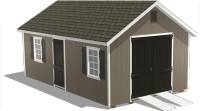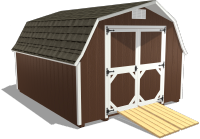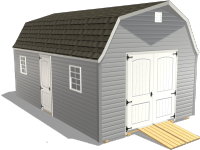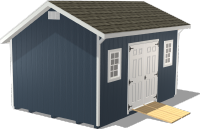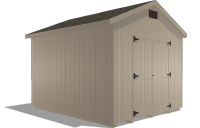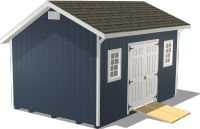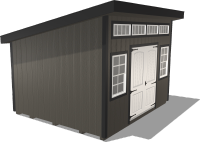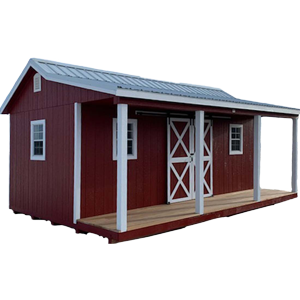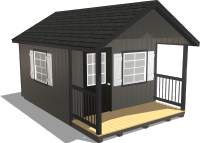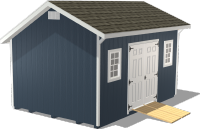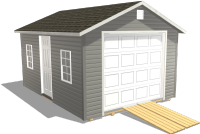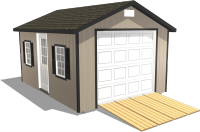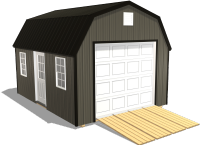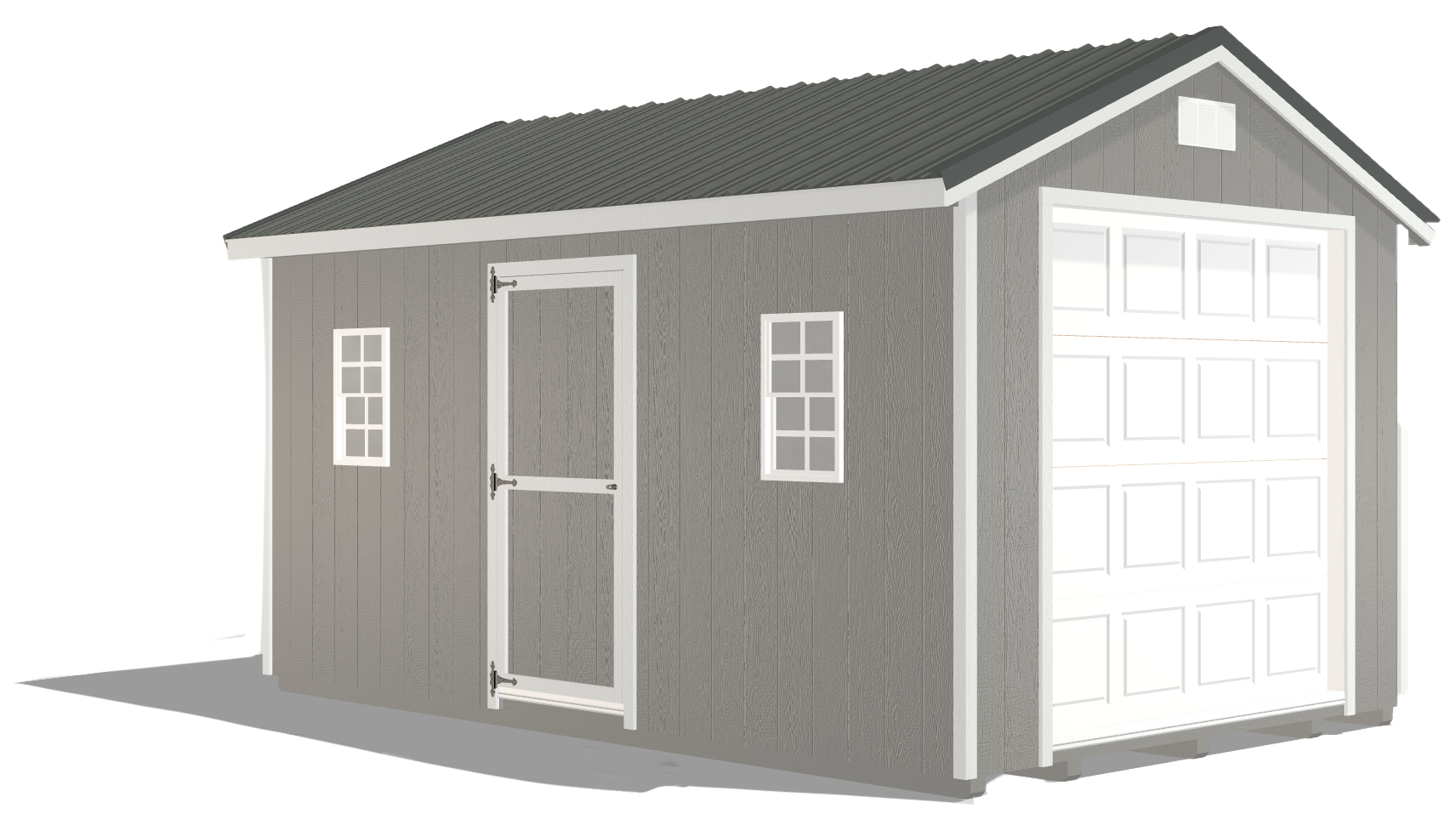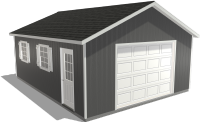Create Inviting Nest Boxes: Cozy Retreats for Your Hens
by Dakota Storage Buildings, on December 04, 2023
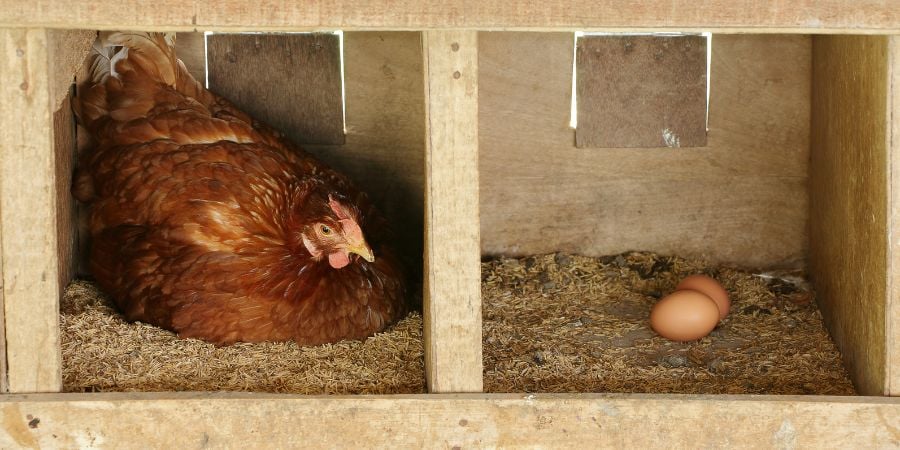
If you find yourself gazing at your flock, wondering whether they are truly comfortable in their current coop, then this is the place for you. The correlation between a chicken’s well-being and the quality of their eggs is undeniable. Happier hens lead to healthier eggs. Now, every chicken keeper, seasoned or beginner, knows the importance of a cozy nesting box. It is not just about having a shelter for your chickens; it is about providing an environment where they feel safe, secure, and content. If you have found your hens hesitating to use their boxes or simply think it is time for an upgrade, do not worry — we have got you covered. Let’s look into the nuances of nesting boxes and how, with the right knowledge and adjustments, you can ensure world-class backyard chicken coops and nesting experiences for your hens.
Determining the Ideal Number of Nesting Boxes
Deciding on the number of nesting boxes is more than just a matter of math; it is about understanding your hens and their habits. You may think, "More boxes, the better!" But it is a tad more nuanced. The general consensus among experienced chicken keepers suggests having one chicken nesting box for every 4-5 hens. However, even if you have a small flock, maintaining a minimum of two nesting boxes is crucial. This provides an alternative option and can reduce territorial disputes among hens.
For those in the early stages of their chicken-keeping journey, thinking ahead is key. If you have a few hens now but are considering expanding your flock in the near future, planning your backyard chicken coops and nesting boxes accordingly is a smart move. This will save you from future hassles and potential coop renovations. The location and accessibility of these boxes play a significant role. A nesting box should be easy for a hen to enter but also provide a sense of security. When considering the number of boxes, also consider their arrangement, ensuring they are well-spaced and shielded enough to offer privacy.
How to Ensure Ultimate Comfort for Your Laying Hens
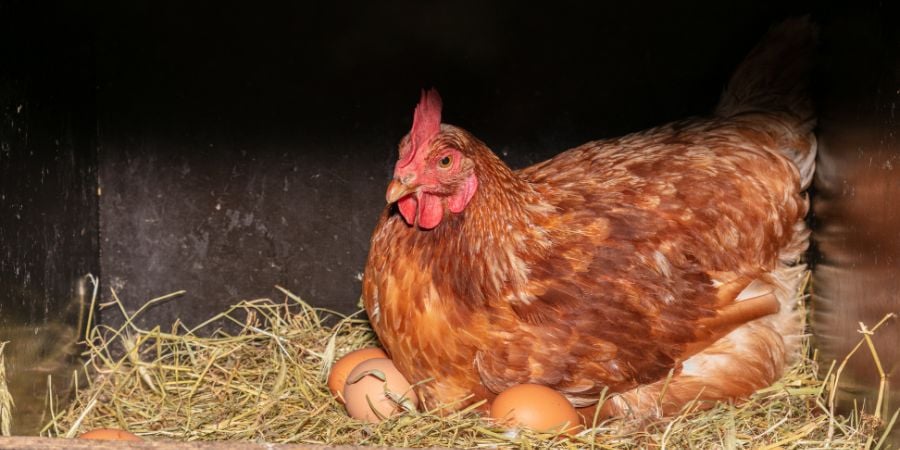
Creating the perfect oasis for your hens to lay their precious eggs involves making the nests comfortable. Begin with the foundation — bedding. Chickens are naturally drawn to lay their eggs in soft, cushioned environments. Straw and wood shavings are among the favorites due to their ability to provide both comfort and cleanliness. These materials do not just cushion the eggs, reducing the chances of cracks, but also absorb droppings, keeping the nesting box sanitary. If you are on the lookout for alternatives, there are specially designed nesting box liners available in the market, created to ensure the eggs remain clean and the hens feel snug.
Introducing herbs to nesting boxes is not just an old farmer's tale; it is a practice backed with purpose. Herbs like lavender, mint, and chamomile not only exude calming aromas, making the environment more pleasant, but they also come with health benefits. They can deter pests, promote relaxation, and even boost overall hen health, which can indirectly influence egg production. Sprinkle these in with your regular bedding for a naturally fragrant and beneficial nesting experience.
Comfort is not just about the initial setup but also about upkeep. Regularly check the boxes for soiled bedding, potential pests, or any signs of discomfort among the hens. Freshen up the boxes as needed, replace old bedding, and ensure that the environment remains inviting and clean.
Material Choices and Their Influence on Chicken Comfort
Selecting the right materials for your nesting boxes is not just about aesthetics or ease of assembly; it is a pivotal decision that directly influences the comfort, hygiene, and health of your hens. At first glance, metal might not seem like the coziest option, but it offers several advantages. It does not absorb chicken droppings, making cleaning straightforward. Metal is also highly durable and resistant to pests. The downside? Metal can become too cold in winter or too hot in summer, which might deter hens from using them. If you choose metal, ensure adequate insulation or consider its placement to avoid extreme temperature fluctuations.
Plastic nesting boxes are lightweight, easy to clean, and do not absorb waste or cleaning chemicals. They can be a great choice for those looking for a hassle-free, low-maintenance option. Plus, plastic will not be affected by weather conditions as metal might. However, ensure the plastic used is of high quality, devoid of harmful chemicals, and sturdy enough to support a hen without flexing or deforming.
A classic choice, wooden laying boxes evoke a rustic charm and are often favored for their natural look. Wood provides a moderate temperature, making it neither too cold nor too hot for the chickens. However, it can absorb moisture, waste, and even harbor pests if not properly maintained. If opting for wood, it is essential to ensure the timber is untreated (chemical-free) and to add a protective layer, like a removable liner, to aid in cleaning.
Elevate Egg-laying: Features of the Perfect Nesting Box
Creating the ideal nesting box is about understanding the nuanced needs of your hens and optimizing for their natural behaviors. Let’s dive into some key features that can transform a simple box into a hen's favorite laying spot.
Strategic Location: Chickens, in their quest for the perfect laying spot, often seek quiet, secluded areas. Placing the nesting boxes away from the coop’s high-traffic zones can provide the peace and tranquility they desire. Ensure the boxes are shielded from direct sunlight and protected from wind or drafts.
Easy Accessibility: While hens love privacy, they should not struggle to access the boxes. The entry should be wide enough for them to comfortably walk in without feeling squeezed. Also, consider the height — placing nesting boxes off the ground can help keep them cleaner, but they should not be so high that hens find it difficult to enter or exit.
Sloped Lids: If you have ever found a hen roosting on top of a nesting box, you know the challenges this can bring. Sloped lids prevent hens from perching (and subsequently pooping) on top of the boxes, ensuring a cleaner environment.
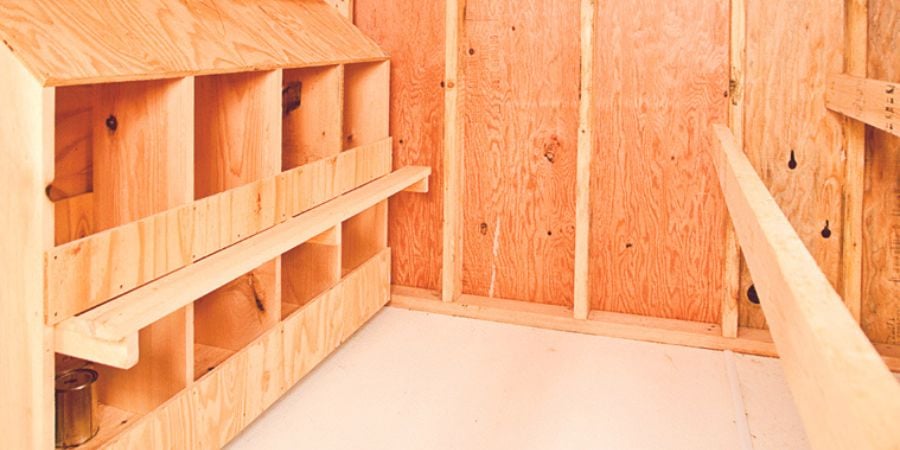
Removable or Hinged Lids: For the chicken keeper’s convenience, having a removable or hinged lid can make egg collection and cleaning a breeze. This design ensures you do not disturb the hens too much, and you can efficiently perform your tasks.
Ventilation: Good airflow is crucial to prevent condensation and moisture buildup in the nesting boxes. While you do not want drafts, small ventilation holes or slits can help ensure a dry, comfortable environment for egg-laying.
Large Flocks: Navigating the Unique Challenges and Considerations
Catering to a large flock is a task that is markedly different from tending to just a handful of hens. The dynamics, requirements, and challenges scale up, requiring strategic planning and an in-depth understanding of the flock's needs. One thing to remember is the more chickens you have, the more space they will need. A cramped coop is a recipe for stress, decreased egg production, and increased susceptibility to diseases. For a chicken coop for 12 chickens, you would ideally want a coop that is between 24 to 50 square feet, but always err on the side of more space rather than less. Remember, this does not include the outdoor roaming area; this is just the sheltered coop space.
If you have a particularly large flock, or if you are thinking about further expansion, you might wonder if it is worth investing in a second coop. Multiple coops can allow for better segregation, especially if you have different breeds or age groups. It can also help in disease management, as affected birds can be isolated more effectively. However, managing multiple backyard chicken coops can be logistically challenging. On the other hand, one large coop is easier to manage but can be trickier to clean and maintain.
With more hens vying for the best spots, ensuring there are enough nesting boxes becomes even more critical. While the general guideline is one box for every 3-4 hens, in larger flocks, it is a good idea to add a few extras. A large chicken coop for 12 chickens can prevent overcrowding and disputes over the most coveted laying spots.
Crafting the Perfect Home for High-quality Eggs
Choosing the best backyard chicken coops tailored to your flock’s size and your goals is pivotal in raising chickens. When you invest time, thought, and resources into creating the best living conditions for your hens, the rewards are manifold. Not only will you get a regular supply of fresh, high-quality eggs, but you will also have the joy of watching your hens thrive, showcasing vibrant health and lively behavior. Remember, a contented hen is a productive hen. To reap the rewards of quality eggs, you must prioritize the happiness and health of your chickens. And their housing plays a monumental role in their quality of life. So, why wait? Get started on giving your hens the luxury they deserve. For more detailed insights, check out our free resource, “Evaluating Best-fit Quality Chicken Coops.”




